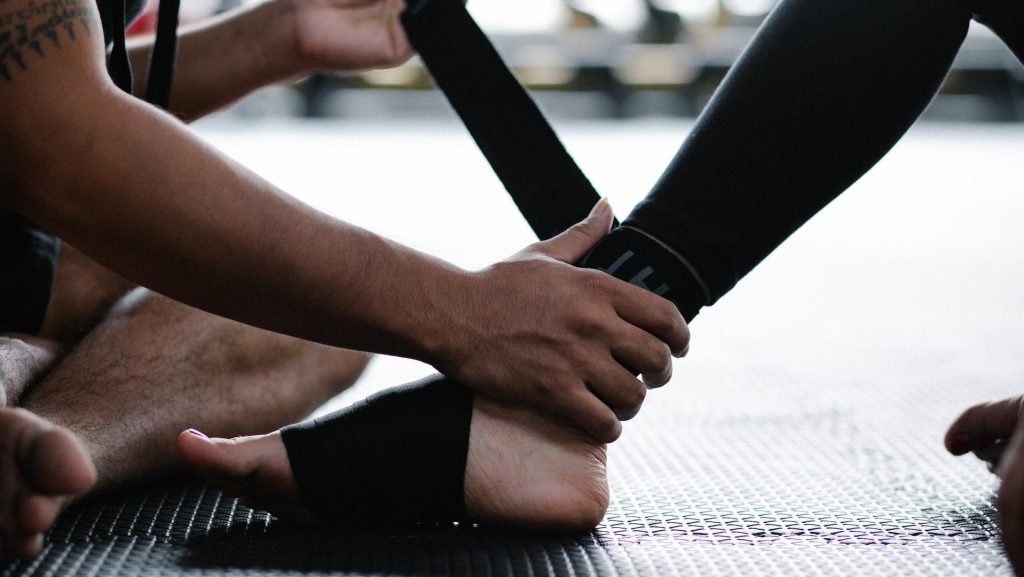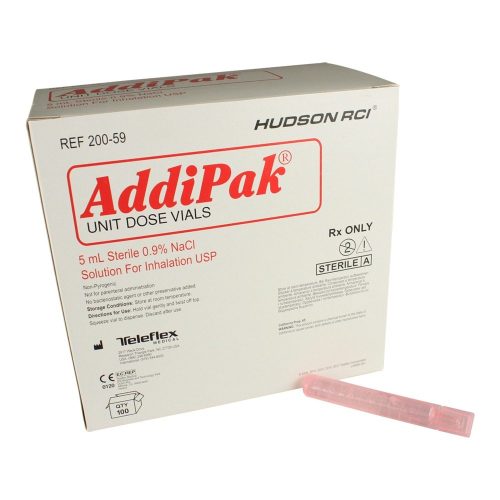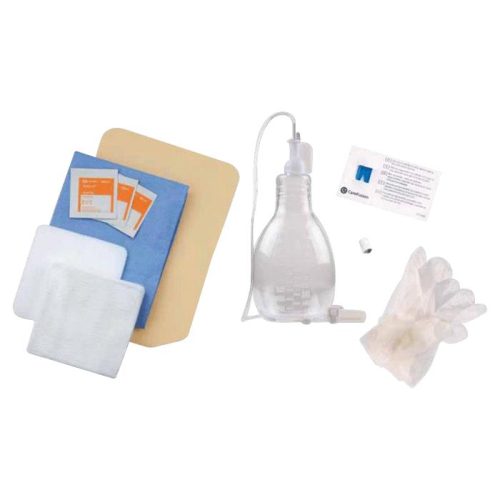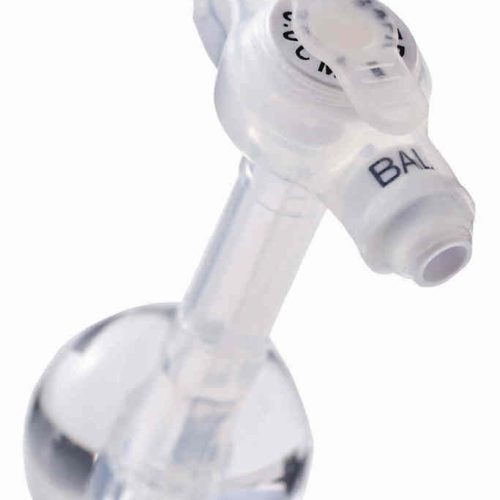If you suffer from swelling of the limbs and/or circulation issues, your doctor may prescribe compression therapy as a solution. It can also be a great way to target specific muscle groups and keep your body feeling flexible and tension-free.
Typically, the patient or caregiver will be required to regularly apply compression garments. This means a clinician will not always be there to wrap your leg or arm. But don’t fret – in this guide we’ll show you how to perform compression therapy at home in just a few simple steps.
What is compression therapy?
Compression therapy is a medical treatment that uses pressure to reduce swelling and promote healing in injured or damaged tissues. It can be applied to a variety of body parts, including the limbs, torso and back.
This is done by applying pressure to an area of the body using special garments or bandages. This type of treatment helps improve blood circulation, accelerating tissue healing while reducing inflammation, pain, scarring and infection.
Compression therapy is safe and effective when used correctly, but can potentially do harm if applied carelessly. For best results it is very important to closely follow the instructions of your clinician.
What are examples of compression therapy
There are various options to meet diverse needs. Some of the different types of compression therapy available include:
- Compression wraps use elastic or Velcro straps to apply gentle, even pressure over the affected limb. They can be adjusted depending on the individual’s needs and provide support and stability during movement.
- Compression stockings come in various lengths, from calf to waist-level, and can provide constant compression for a full range of motion activities. Stockings may be made of nylon or spandex with lace or zippered closures for easy wearability and adjustment.
Self-care tips for doing compression therapy at home
Compression therapy at home can make getting the care you need more convenient without visiting a healthcare facility. Here are some tips to help ensure that your compression therapy sessions at home are as practical as possible:
- Make sure sizing is correct: If your compression garment doesn’t fit correctly, it won’t provide adequate pressure and will not be effective. It’s important to measure yourself accurately to ensure you get the sizing right.
- Wear your garments consistently: The best way to get the most out of compression therapy is to wear your garments consistently for as long as needed. Depending on the condition and severity, you may need to wear them all day or only during certain activities.
- Wear a garment layer: If you plan to be active while wearing your compression garments, you may need to wear a lightweight layer under them to provide some extra padding and ensure that your skin doesn’t become irritated due to constant friction.
- Take breaks: Even with proper care, it’s important to take a break from compression therapy occasionally to give your skin a chance to rest. This can help prevent irritation or other issues arising from long-term wear.
How to choose the right compression wrap
When considering different compression wraps, there are a few key factors that should be taken into account, including:
- Comfort and Support: Compression wraps should be comfortable to wear and provide the necessary support for any conditions or injuries you may have. Look for a wrap that has adjustable straps so it can be adjusted to fit your body comfortably and securely while also providing sufficient support.
- Durability: The wrap must be made from durable, long-lasting, high-quality materials. Ensure the fabric of the compression wrap is strong enough to handle regular use without wearing out too quickly.
- Breathability: It’s important to look for a breathable compression wrap that allows air circulation to keep your skin cool and dry at all times. Check if the wrap’s fabric has moisture-wicking technology to keep you comfortable wearing it.
- Versatility: Consider if the wrap can be used for multiple purposes, such as providing support and protection for injuries or conditions that require compression therapy.
One compression product that combines all of these qualities is the Circaid Juxtalite line from mediUSA. Available in multiple forms and sizes, Juxtalite compression wraps provide inelastic compression that can be accurately applied using their BPS line measurement system. Effective and comfortable, Juxtalite is the leading clinical recommendation for inelastic wraps.
Your expert in providing high-quality compression therapy products for you
Compression therapy has many benefits when done correctly. With Medical Monks, you can be assured that your recovery and overall well-being have been considered with our personalized service offerings. Our experts are always available to discuss your individual needs so that you get the best out of our products and services.
Whether you have had prior treatment for a serious injury or wish to use this as a way to care for yourself proactively, we are here to help. Contact Medical Monks customer service today!

The MEDICAL MONKS STAFF brings to the table decades of combined knowledge and experience in the medical products industry.
Edited for content by ADAM PAGE.













